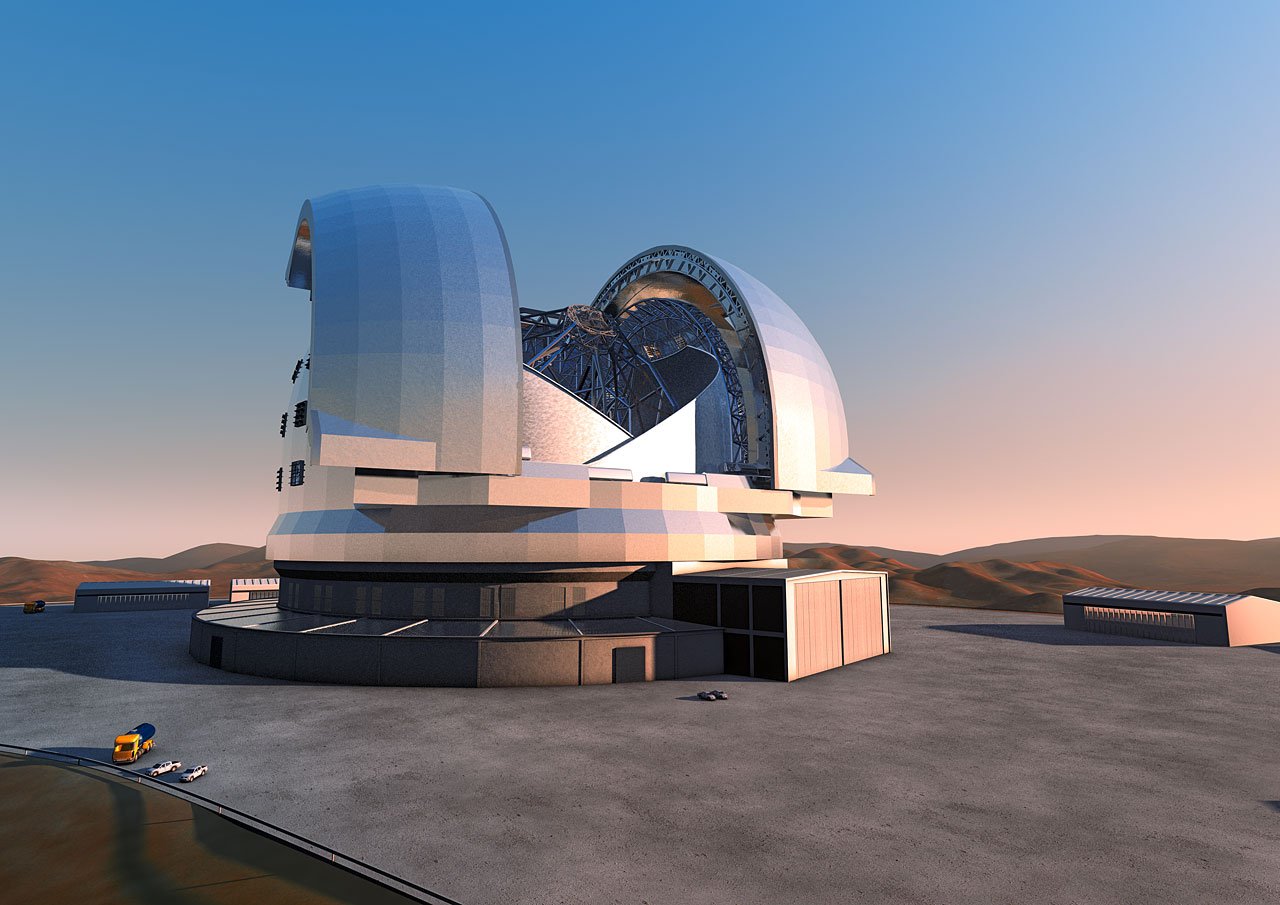The world of astronomy is on the brink of an exciting breakthrough with the development of the European Extremely Large Telescope (E-ELT). Set to be operational by 2025, this groundbreaking project is expected to revolutionize our perception of the universe and provide us with unprecedented insights into the cosmos.
Initially planned to be completed by 2018, the timeline for the E-ELT has been updated to ensure the telescope meets the highest standards of excellence. As a result, it is now expected to start operations as an integrated part of the Paranal Observatory in 2025. The delay is a testament to the meticulous planning and dedication that goes into creating such a remarkable instrument.
One of the most impressive features of the E-ELT is its sheer size. With a primary mirror approximately 40 meters in diameter, it will be the largest optical/near-infrared telescope in the world. Although slightly smaller than the initially planned 42 meters, this mirror will still gather an astounding 13 times more light than the largest optical telescopes existing today. This incredible light-gathering capability will allow scientists to observe celestial objects with unprecedented clarity and detail.
The primary mirror of the E-ELT will be composed of hexagonal segments, a design that maximizes its efficiency and performance. With 906 of these segments working in harmony, the telescope will deliver images that are 16 times sharper than those captured by the Hubble Space Telescope. This level of precision is made possible by the telescope's advanced adaptive optics, which correct for atmospheric distortions right from the start. By overcoming the Earth's turbulent atmosphere, the E-ELT will provide us with images of exceptional quality, enabling us to delve deeper into the mysteries of the universe.
The scientific potential of the E-ELT is truly awe-inspiring. It will enable detailed studies of planets around other stars, offering us a glimpse into the possibility of extraterrestrial life. Furthermore, it will allow us to explore the first galaxies in the Universe and unravel the mysteries of super-massive black holes. Additionally, the E-ELT will shed light on the nature of the Universe's dark sector, an enigmatic realm that has puzzled scientists for decades. With the E-ELT at our disposal, we are entering an exciting new era of astrophysics.
The development of the European Extremely Large Telescope represents a monumental achievement for humanity. Its completion in 2025 will mark a turning point in our understanding of the cosmos. As space enthusiasts, we have every reason to be excited about the prospects that lie ahead. The E-ELT will unlock the secrets of the universe, revealing its wonders in unprecedented detail. So, let us eagerly await the day when this remarkable telescope opens our eyes to the mysteries of the cosmos and propels us into a new era of astronomical discovery.
Tags:
Space Technology

